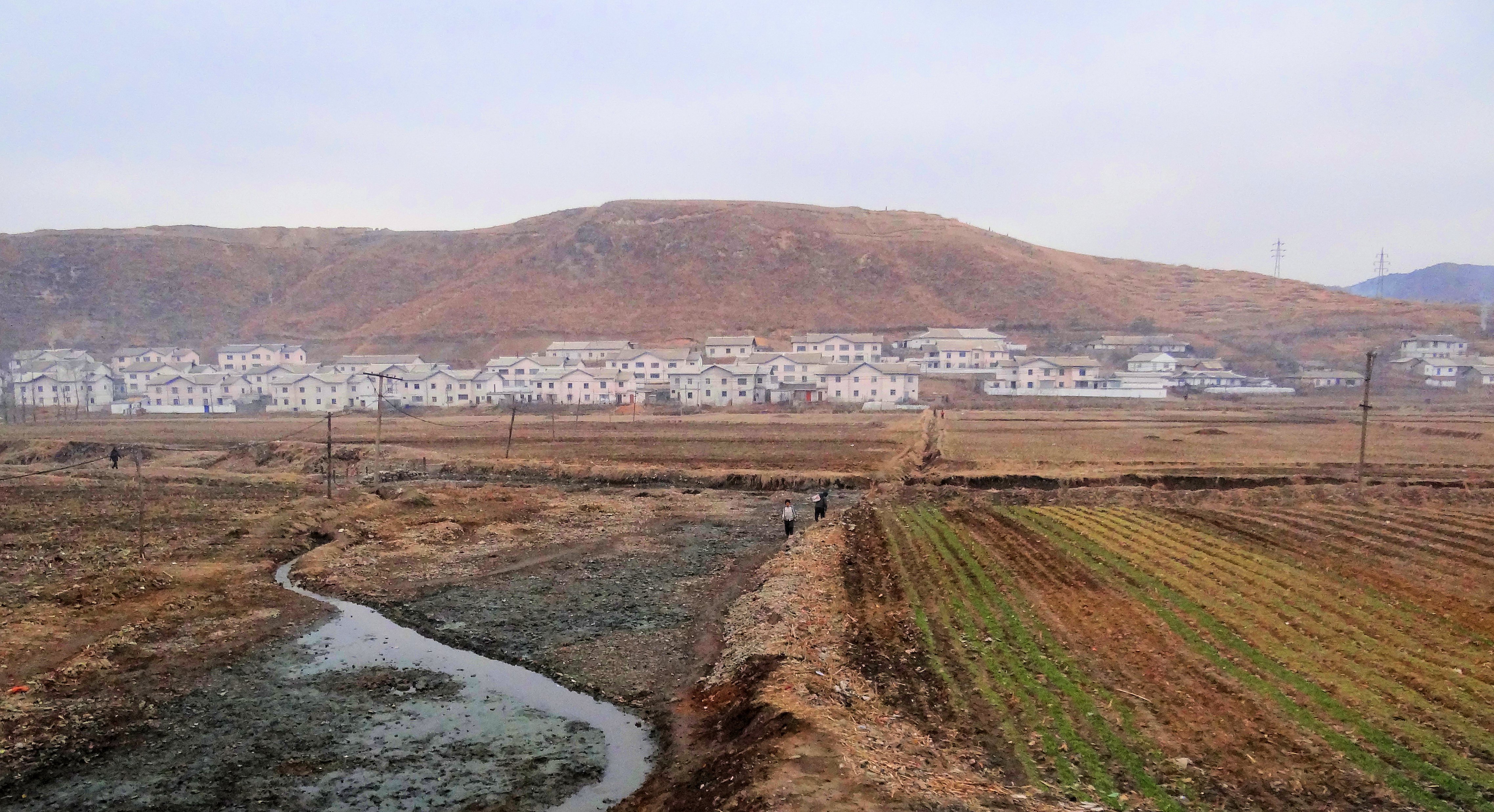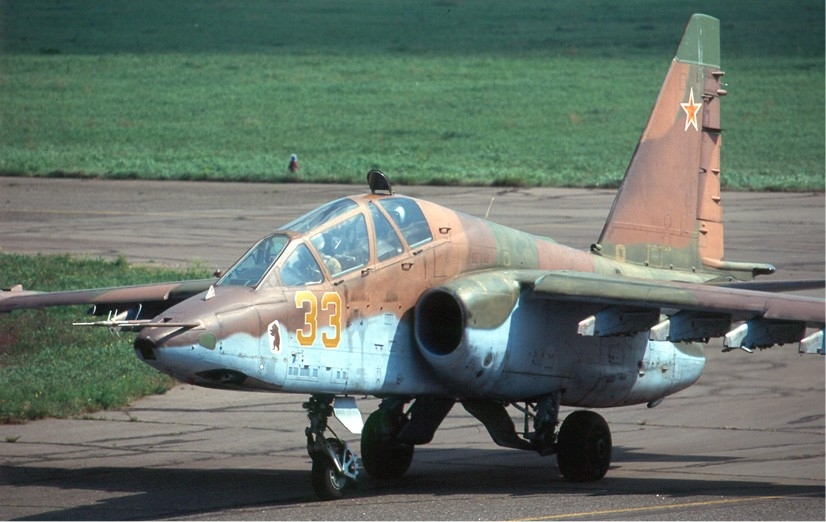|
Sunchon Airport
Sunchon Airport(순천비행장) is an airport in Pyongan-namdo, North Korea. It is 28mi or 45km northwest of Pyongyang, the capital of North Korea. Facilities The airfield has a single concrete runway 15/33 that used to measure 8150 x 157 feet (2484 x 48 m).Landings database page "Landings.Com", accessed 25 Aug 2010 According to another source, it was recently expanded to 9186ft in length (2800m), with a possible extra 1300ft (~400m) extension being cleared. It has a full-length parallel taxiway with two aprons at the ends. One taxiway leads to possible underground storage. It is home to the 55th fighter regiment of [...More Info...] [...Related Items...] OR: [Wikipedia] [Google] [Baidu] |
Sunchon, North Korea
Sunch'ŏn () is a city in South Pyongan province, North Korea. It has a population of 297,317, and is home to various manufacturing plants. The city is on the Taedong River. History In 1413, the name of the city became Sunchon, due to a renaming rule in the early Joseon, where 'ju (州)' were changed to 'chon (川)' and became Sunchon-gun. The original name referred to a smooth repelling of invaders. In 1983, the county was elevated into a city and became Sunchon-si and a number of administrative districts were reorganised. Various other administrative division changes occurred until remaining in its current form from 2003. In December 1951, the Korean War aerial Battle of Sunchon (air), Battle of Sunch'ŏn was fought near Sunch'ŏn between the Royal Australian Air Force and two North Korean allies – China and the Soviet Union. Administrative divisions Sunch'ŏn-si is divided into 21 ''tong'' (neighbourhoods) and 11 ''ri'' (villages): Economy Electricity generation ... [...More Info...] [...Related Items...] OR: [Wikipedia] [Google] [Baidu] |
North Korea
North Korea, officially the Democratic People's Republic of Korea (DPRK), is a country in East Asia. It constitutes the northern half of the Korea, Korean Peninsula and shares borders with China and Russia to the north, at the Yalu River, Yalu (Amnok) and Tumen River, Tumen rivers, and South Korea to the south at the Korean Demilitarized Zone. North Korea's border with South Korea is a disputed border as both countries claim the entirety of the Korean Peninsula. The country's western border is formed by the Yellow Sea, while its eastern border is defined by the Sea of Japan. North Korea, like South Korea, its southern counterpart, claims to be the legitimate government of the entire peninsula and List of islands of North Korea, adjacent islands. Pyongyang is the capital and largest city. In 1910, Korean Empire, Korea was Korea under Japanese rule, annexed by the Empire of Japan. In 1945, after the Surrender of Japan, Japanese surrender at the End of World War II in Asia, end ... [...More Info...] [...Related Items...] OR: [Wikipedia] [Google] [Baidu] |
Airport
An airport is an aerodrome with extended facilities, mostly for commercial air transport. Airports usually consists of a landing area, which comprises an aerially accessible open space including at least one operationally active surface such as a runway for a plane to take off and to land or a helipad, and often includes adjacent utility buildings such as control towers, hangars and terminals, to maintain and monitor aircraft. Larger airports may have airport aprons, taxiway bridges, air traffic control centres, passenger facilities such as restaurants and lounges, and emergency services. In some countries, the US in particular, airports also typically have one or more fixed-base operators, serving general aviation. Operating airports is extremely complicated, with a complex system of aircraft support services, passenger services, and aircraft control services contained within the operation. Thus airports can be major employers, as well as important hubs for tourism ... [...More Info...] [...Related Items...] OR: [Wikipedia] [Google] [Baidu] |
South Pyongan
South Pyongan Province (Phyŏngannamdo; ) is a province of North Korea. The province was formed in 1896 from the southern half of the former Pyongan Province, remained a province of Korea until 1945, then became a province of North Korea. Its capital is Pyongsong. Geography The province is bordered by North Pyongan and Chagang Provinces to the north, South Hamgyong and Kangwon Provinces to the east and southeast and North Hwanghae Province and Pyongyang to the south. The Yellow Sea and Korea Bay are located to the west. Administrative divisions South P'yŏngan is divided into 1 special city (''tŭkpyŏlsi''); 5 cities (''si''); 16 counties (''kun''); and 3 districts (1 ''ku'' and 2 ''chigu''). Its administrative divisions are: Cities * Nampo Special City (남포특별시/; created in 2010) * Pyongsong (평성시/; the provincial capital, established December 1969) * Anju (안주시/; established August 1987) * Kaechon (개천시/; established August 1990) * Sunchon-si (순� ... [...More Info...] [...Related Items...] OR: [Wikipedia] [Google] [Baidu] |
Pyongyang
Pyongyang (, , ) is the capital and largest city of North Korea, where it is known as the "Capital of the Revolution". Pyongyang is located on the Taedong River about upstream from its mouth on the Yellow Sea. According to the 2008 population census, it has a population of 3,255,288. Pyongyang is a directly administered city () with equal status to North Korean provinces. Pyongyang is one of the oldest cities in Korea. It was the capital of two ancient Korean kingdoms, Gojoseon and Goguryeo, and served as the secondary capital of Goryeo. Much of the city was destroyed during the First Sino-Japanese War, but it was revived Korea under Japanese rule, under Japanese rule and became an industrial center. Following the establishment of North Korea in 1948, Pyongyang became its ''de facto'' capital. The city was again devastated during the Korean War, but was quickly rebuilt after the war with Soviet Union, Soviet assistance. Pyongyang is the political, industrial and transport ... [...More Info...] [...Related Items...] OR: [Wikipedia] [Google] [Baidu] |
Mikoyan-Gurevich MiG-29
The Mikoyan MiG-29 (russian: Микоян МиГ-29; NATO reporting name: Fulcrum) is a twin-engine fighter aircraft designed in the Soviet Union. Developed by the Mikoyan design bureau as an air superiority fighter during the 1970s, the MiG-29, along with the larger Sukhoi Su-27, was developed to counter new U.S. fighters such as the McDonnell Douglas F-15 Eagle and the General Dynamics F-16 Fighting Falcon.Gordon and Davison 2005, p. 9. The MiG-29 entered service with the Soviet Air Forces in 1983. While originally oriented towards combat against any enemy aircraft, many MiG-29s have been furnished as multirole fighters capable of performing a number of different operations, and are commonly outfitted to use a range of air-to-surface armaments and precision munitions. The MiG-29 has been manufactured in several major variants, including the multirole Mikoyan MiG-29M and the navalised Mikoyan MiG-29K; the most advanced member of the family to date is the Mikoyan MiG-35. Later ... [...More Info...] [...Related Items...] OR: [Wikipedia] [Google] [Baidu] |
Sukhoi Su-25
The Sukhoi Su-25 ''Grach'' (russian: Грач (''rook''); NATO reporting name: Frogfoot) is a subsonic, single-seat, twin-engine jet aircraft developed in the Soviet Union by Sukhoi. It was designed to provide close air support for Soviet Ground Forces. The first prototype made its maiden flight on 22 February 1975. After testing, the aircraft went into series production in 1978 in Tbilisi in the Georgian Soviet Socialist Republic. Early variants included the Su-25UB two-seat trainer, the Su-25BM for target-towing, and the Su-25K for export customers. Some aircraft were upgraded to the Su-25SM standard in 2012. The Su-25T and the Su-25TM (also known as the Su-39) were further developments, not produced in significant numbers. The Su-25, and the Su-34, were the only armoured, fixed-wing aircraft in production in 2007.Gordon and Dawes 2004. Su-25s are in service with Russia, other CIS members, and export customers. Production of the Su-25 ended in 2017 in Russia and 2010 in Ge ... [...More Info...] [...Related Items...] OR: [Wikipedia] [Google] [Baidu] |
Airports In North Korea
This is a list of airports in North Korea. North Korea is a country in Northeast Asia, which may have as many as 78 usable airfields, , Federal Research Service, Library of Congress, May 2005. although the state's secrecy makes it difficult to ascertain their number and condition with certainty. The state carrier, Air Koryo, joined the International Air Transport Association (IATA) in the late 1990s, and North Korea has proclaimed a program to upgrade several airports to international standards. However, with the exception of Pyongyang Sunan International Airport and a few that receive irregular service by Air Koryo, commercial aviation in North Korea is practically non-existent and most airfields appear to be military use.GlobalSecurity.org "Air Bases - North Korea", accessed 12 August 2010. ... [...More Info...] [...Related Items...] OR: [Wikipedia] [Google] [Baidu] |




